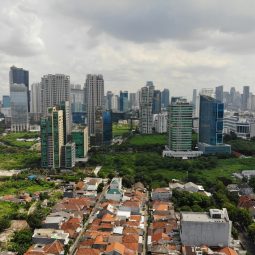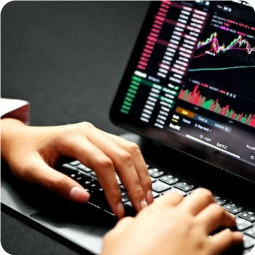International trade has become a vital component of global economic growth, especially in an increasingly digital era. Through exports and imports, countries can access broader markets, optimize comparative advantages, and enhance production efficiency and innovation.
For developing countries like Indonesia, participation in global trade opens significant opportunities for economic growth and job creation. However, this openness also presents challenges, ranging from global market fluctuations to the impacts of foreign (partner country) policies. Therefore, a deep understanding of international trade dynamics is crucial for formulating resilient and adaptive economic strategies.
Moreover, international trade does not only affect micro sectors or individual companies but also has significant implications for macroeconomic variables, such as economic growth, inflation, exchange rates, the balance of payments, and unemployment rates.
Macroeconomics, as a branch of economics that studies the aggregate performance of an economy, provides an important analytical framework to understand how trade flows affect a country’s economic stability and dynamics. For instance, a trade balance surplus or deficit can influence the exchange rate of the domestic currency, which in turn affects the competitiveness of exports and imports.
Additionally, increasing exports can drive national output growth and create jobs, while dependency on imports can heighten external risks to the economy.
Considering the importance of international trade in today’s global economic structure, a comprehensive understanding of its relationship with macroeconomic variables is crucial — for policymakers, economic actors, and academics alike.
What is International Trade and Macroeconomics?

International Trade refers to the exchange of goods and services between one country and another. This exchange exists due to differences in resources, technology, and comparative advantages among countries.
It also allows countries to access goods that are not efficiently produced domestically and to expand markets for their products. Moreover, international trade can increase national income, create employment, and strengthen diplomatic relations between nations.
Macroeconomics, meanwhile, is a branch of economics that studies the behavior and performance of the overall economy. Its main focus includes variables such as Gross Domestic Product (GDP), inflation rate, unemployment rate, fiscal and monetary policy, and the balance of payments. Macroeconomics seeks to understand large-scale economic dynamics and how to maintain long-term economic stability and growth.
These two concepts are closely interrelated. International trade can significantly boost a country’s economic growth, expand aggregate demand, and improve resource allocation efficiency. On the other hand, macroeconomic conditions — such as price stability, interest rates, and exchange rates — influence a country’s competitiveness in global markets.
Thus, understanding the link between international trade and macroeconomics is essential in designing effective and sustainable economic policies.
The Relationship Between International Trade and Macroeconomics in the Context of Trade Wars
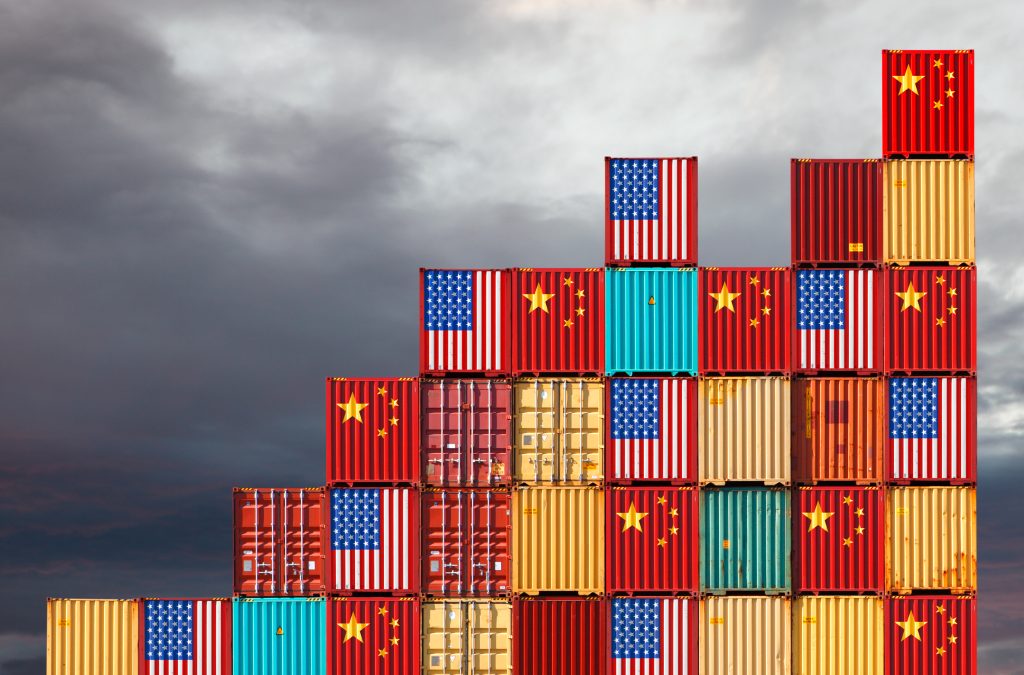
One clear example of the relationship between international trade and macroeconomics is the phenomenon of trade wars, such as those between major powers like the United States and China. These trade wars are marked by rising tariffs and trade barriers imposed by both countries on each other’s export products.
Disruption of Global Supply Chains
Today’s global supply chains are highly integrated. When the U.S. imposes high tariffs on electronic components from China, the effects can ripple across other countries that rely on semi-finished goods or components from China, including Indonesia. Manufacturing industries in Indonesia that depend on imported raw materials from China or the U.S. may face increased production costs and distribution delays.
Decline in Export Demand
As the global economy slows due to trade tensions, consumption and investment also decline. Consequently, the demand for export products from developing countries slows down. Indonesia, as an exporter of commodities like coal, palm oil, and rubber, may experience a drop in export volume and pressure on commodity prices.
Exchange Rate Fluctuations and Financial Market Instability
Global uncertainty drives investors to shift funds toward perceived safe assets, such as the U.S. dollar or gold. As a result, the currencies of developing countries like the Indonesian rupiah come under depreciation pressure. This depreciation increases import costs and may contribute to domestic inflation.
Current Account Deficit
A drop in exports, increased raw material imports, and weaker capital inflows can directly affect the current account deficit. If this deficit becomes too large and persistent, investor confidence in Indonesia’s macroeconomic stability may decline.
Reduced Capital Inflows
Trade wars increase global uncertainty. Institutional investors tend to reduce exposure in emerging markets, considering them riskier. This impacts portfolio investments and foreign direct investment (FDI), which Indonesia heavily relies on for infrastructure development and productive sectors.
Monetary Stability and Foreign Exchange Reserves
When external pressure forces Bank Indonesia to intervene in the foreign exchange market to stabilize the rupiah, foreign exchange reserves may be drained. Prolonged pressure can threaten monetary resilience and limit the central bank’s policy space.
The Impact of International Trade on the Domestic Economy
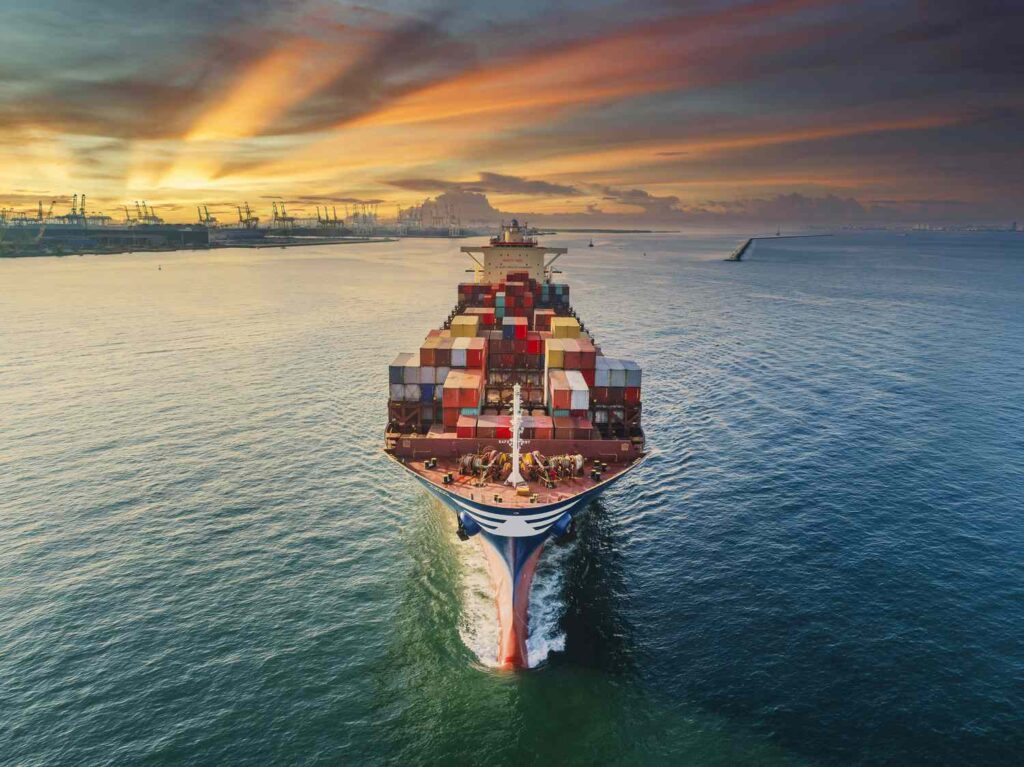
Specifically, as a country reliant on commodity exports like palm oil, coal, and rubber, Indonesia faces economic pressure when global demand declines due to trade tensions.
Weaker exports lead to slower national economic growth and reduced state revenues from the export sector. At the same time, global uncertainty causes the rupiah to fluctuate, increasing the burden on imports.

According to the graph shown earlier, in February 2025, Indonesia recorded a trade surplus due to a significant 14.05% increase in exports, especially from the manufacturing sector. Imports grew more moderately by 2.30%, mainly in raw materials and capital goods. This situation reflects strong export performance and sustained industrial activity — signaling a positive direction for economic recovery and growth.
However, the domestic industrial sector may also be impacted as raw material costs — largely dependent on imports — become more expensive. This can heighten inflationary pressure and reduce consumer purchasing power. In the long run, these conditions may undermine macroeconomic stability if not addressed with appropriate policy adjustments.
Therefore, international trade tensions such as trade wars have become a major macroeconomic issue that must be managed carefully by policymakers. International coordination, diversification of export markets, and strengthening of domestic markets are key strategies to mitigate their negative impact on national economies, especially for developing countries like Indonesia.
Strategies for B2B Companies in International Trade
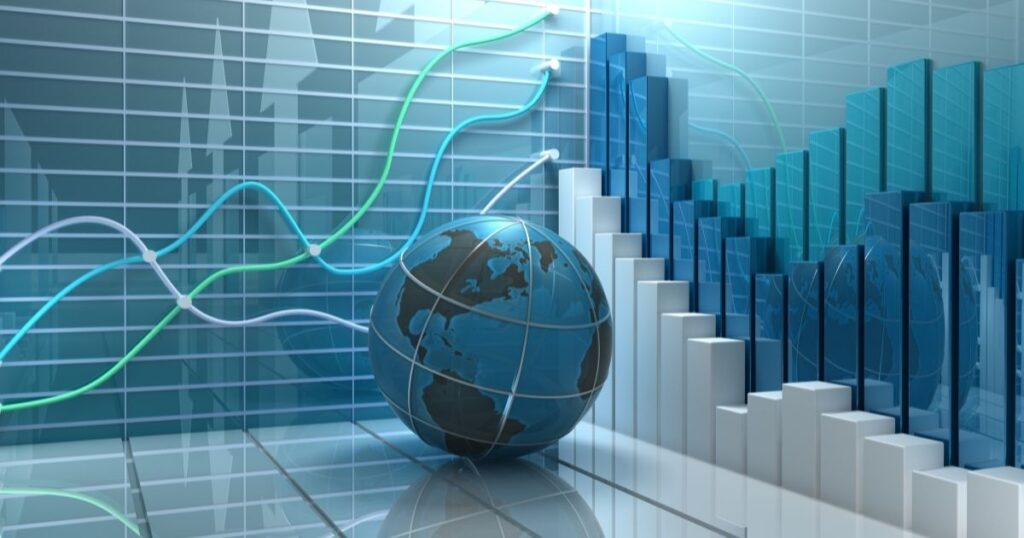
In facing global dynamics affected by trade tensions and macroeconomic fluctuations, business-to-business (B2B) companies must develop adaptive strategies to remain competitive in international markets. The following are some applicable strategies:
1. Diversify Export Markets
B2B companies should not rely on just one or two export destinations. Building trade networks across various regions can reduce risks from trade disruptions or economic crises in specific countries.
2. Optimize Global Supply Chains
Reevaluate and optimize supply chains, including finding alternative suppliers in countries unaffected by trade conflicts, to strengthen operational resilience.
3. Hedge Against Exchange Rate Fluctuations
Given that exchange rate volatility affects sales prices and production costs, companies can use financial instruments such as hedging to protect international transactions.
4. Digitalization and B2B E-Commerce
Leverage digital platforms to expand trade networks, facilitate cross-border communication, and enhance distribution efficiency.
5. Adapt Products to Local Standards and Preferences
Adjust products to comply with standards, regulations, and market preferences in destination countries — a key factor in winning global market competition.
6. Form Strategic Partnerships and International Alliances
Partnering with local companies in export destination countries can strengthen market position and open long-term opportunities for investment and collaboration.
By implementing these strategies, B2B companies can not only survive in the uncertain international trade environment but also grow sustainably in global markets.
The relationship between international trade and macroeconomics is a crucial aspect of understanding global economic dynamics. Geopolitical tensions, trade policy shifts, and global market volatility can have wide-ranging effects — from national economic growth to corporate strategy.
In the context of Indonesia, a deep understanding of these issues is essential for businesses (especially B2B) and policymakers to formulate anticipatory and solution-oriented actions.
Arghajata Consulting is here to help companies and institutions understand the dynamics of international trade and its implications for macro and microeconomic strategies. With analytical approaches and data-driven solutions, we are ready to support your business transformation in facing global challenges.
Contact Arghajata Consulting today for further consultation and design the right international trade strategy for your business.











